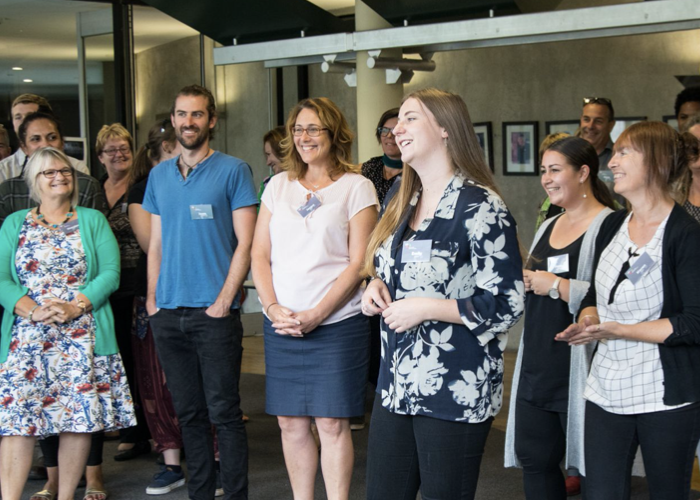|
What might it look like if a tirohanga Māori / Māori world view (Indigenous worldview) was used to look at the complex problems we are all faced with in 2020? Let’s use a whakataukī as a lens.
Whakarongo ki te tangi i ngā manu e karanga nei – Listen to the cry of the bird which is calling.
Tuia ki runga, tuia ki raro, tuia ki waho, tuia ki roto – Weave and sew the knowledge from above, below, from without and within.
Tuia ngā here tangata – Weave the bonds of the people together.
Tīhei Mauri Ora – The breath of life.
As a population, what are we listening to or taking notice of? Where have we reached out too, who have we reached out for? Has there been new life or connections? Here sits a relational space, where interactions in relationships mana- enhancing, it could be a koha of manaakitanga, tiaki and all of this would be held by the tikanga of the time. This is the invitation, the invitation to be whānau-centred, to have self-determination Mana Motuhake and not to remain dependent on something and instead knowing that we have the embedded knowledge that is in our whakapapa which is the kai at our own hands “He kai kei āku ringa”.
Mauri Tū, Mauri Ora – If your life force stands true, it will flourish. Mauri Noho, Mauri Mate, if your life force is apathetic, you will become unwell.
Do we want to languish in a space that it seems we don’t have control of, or do we take notice of the cry’s which are being called out?
|



